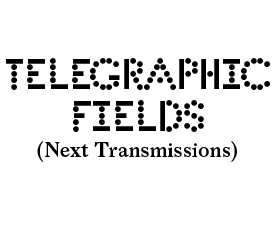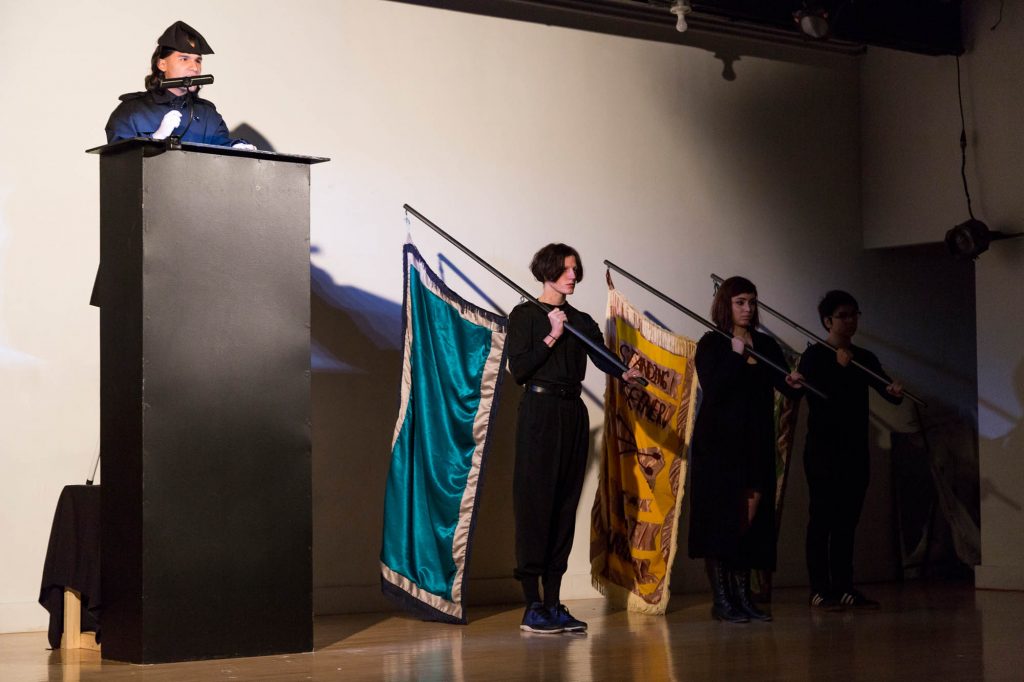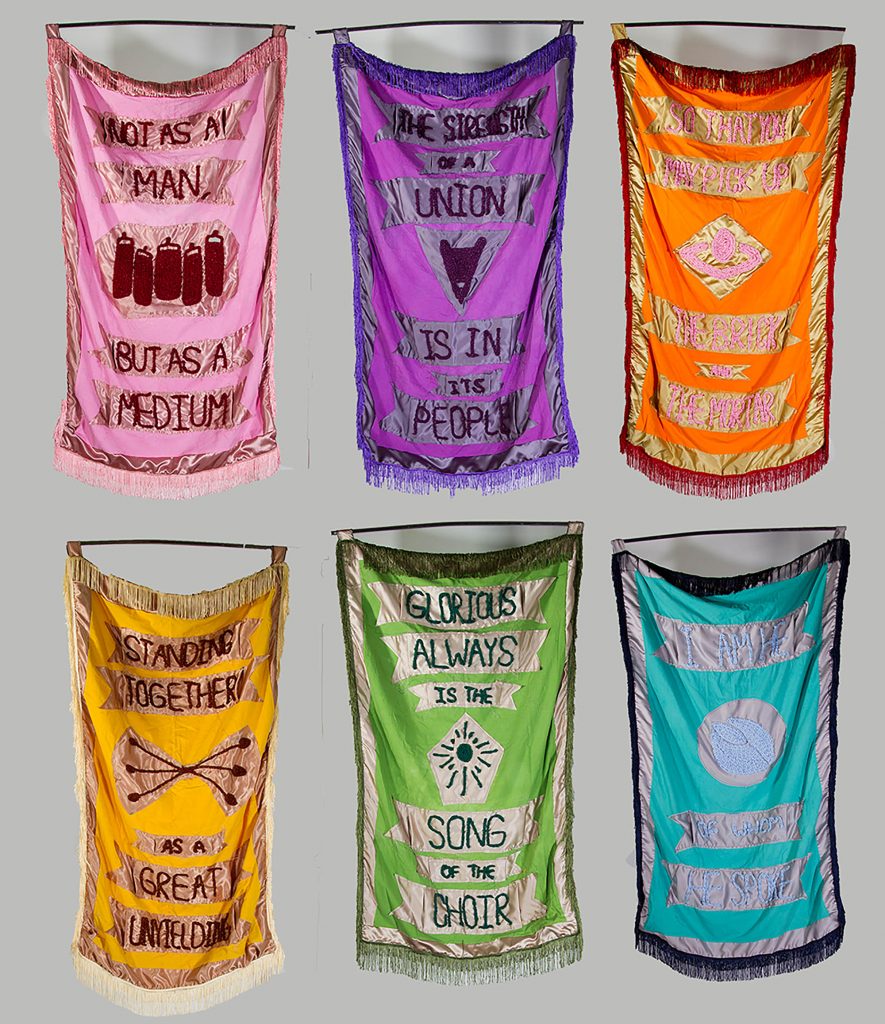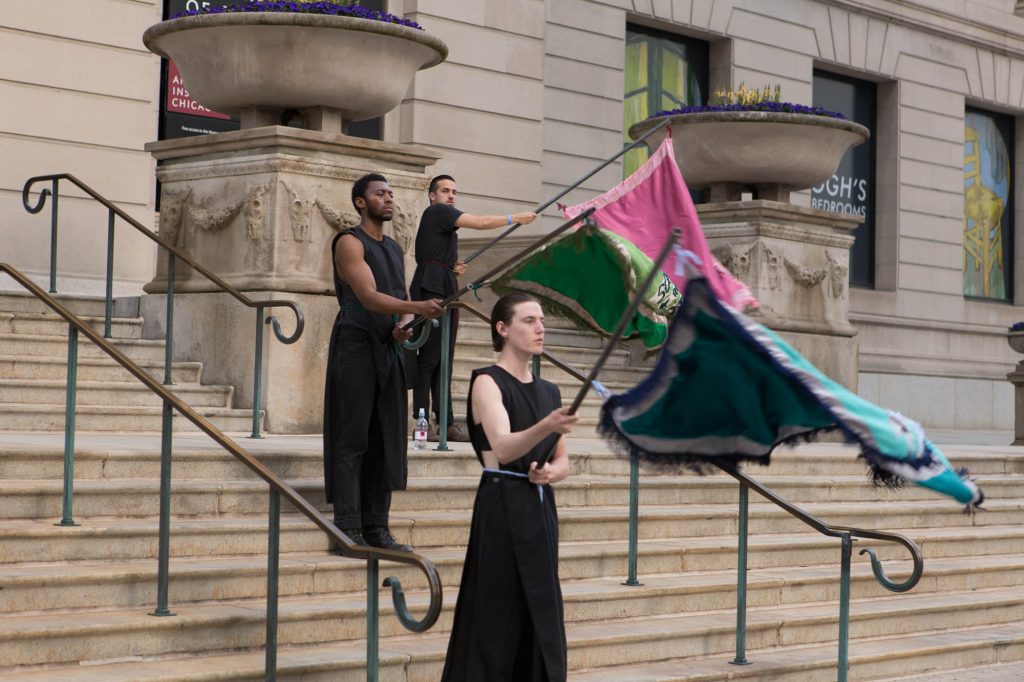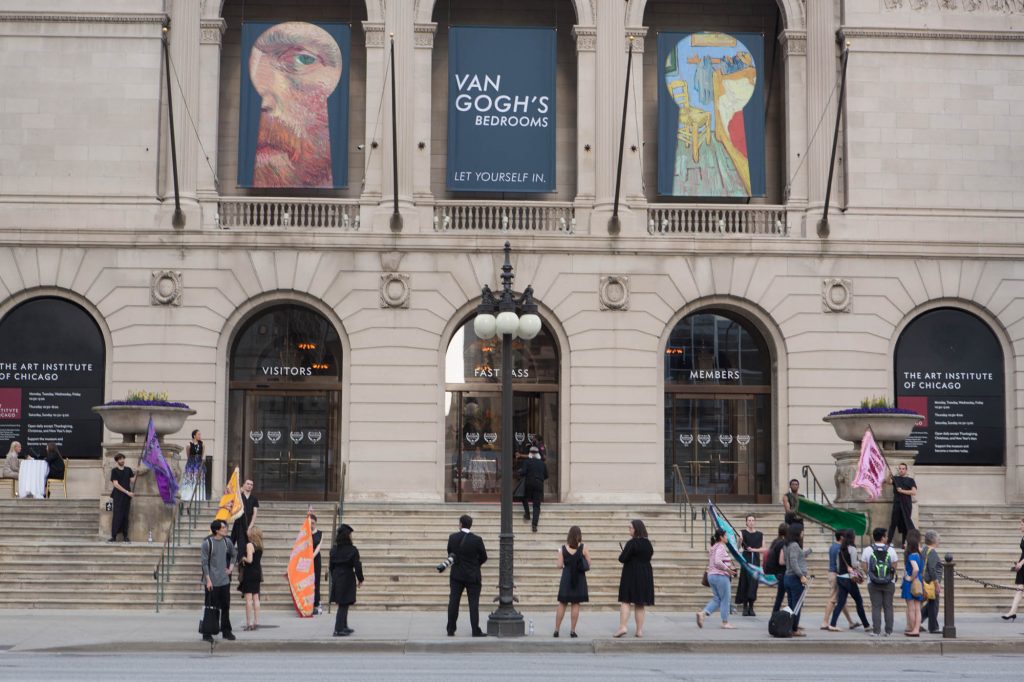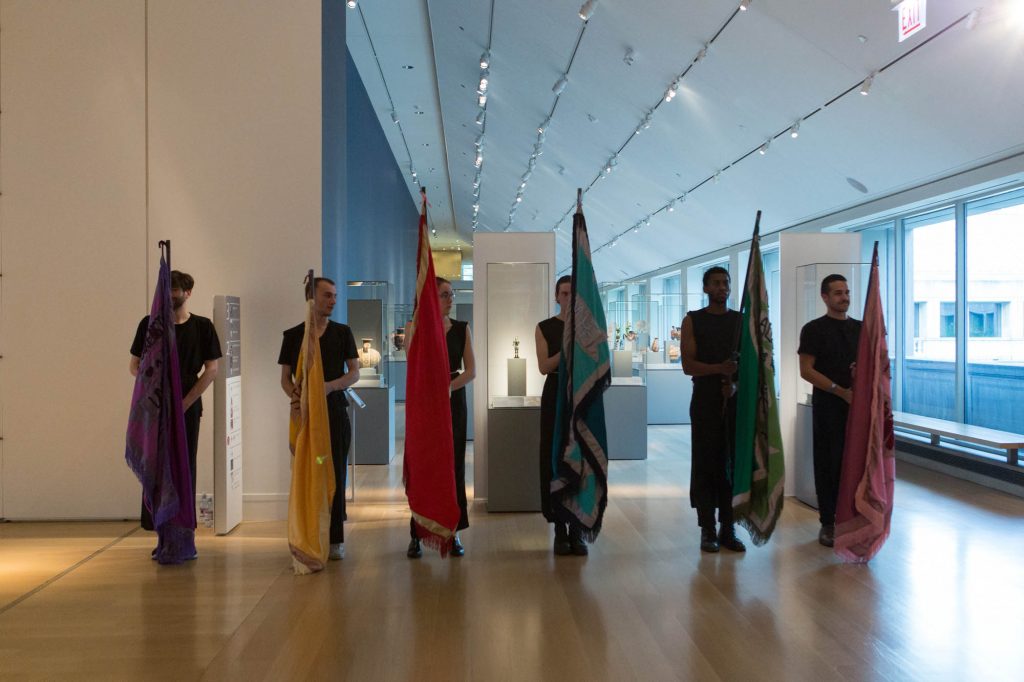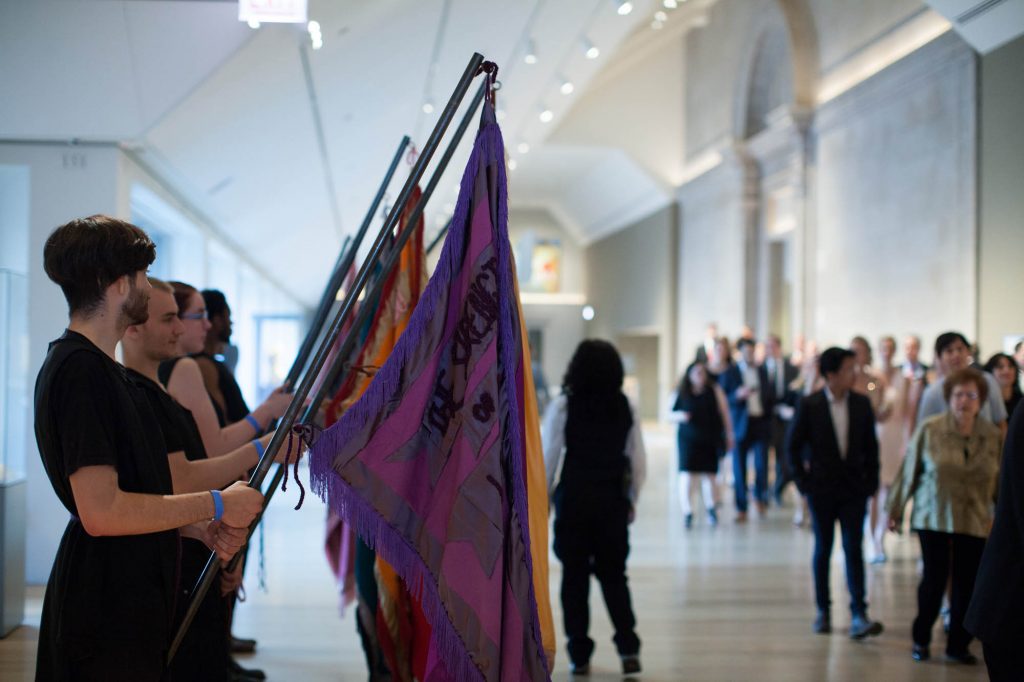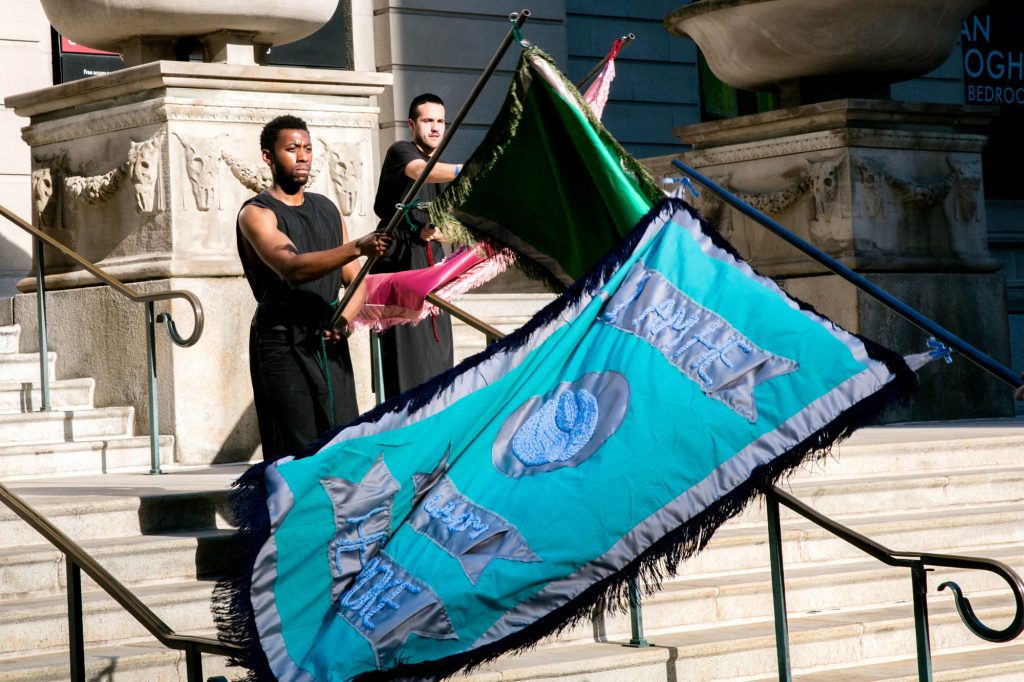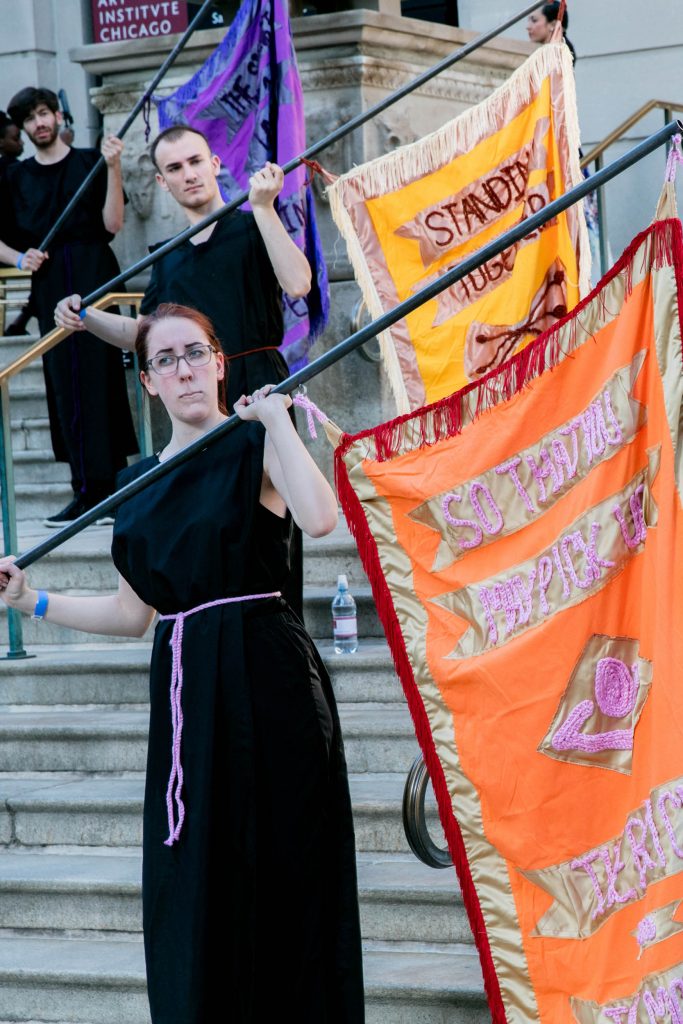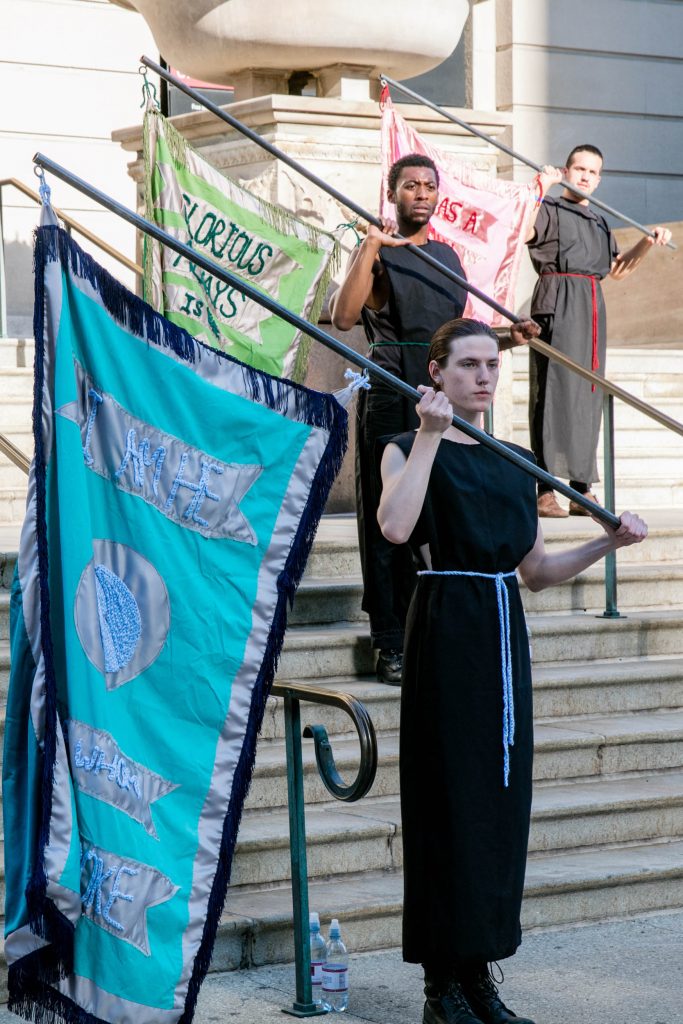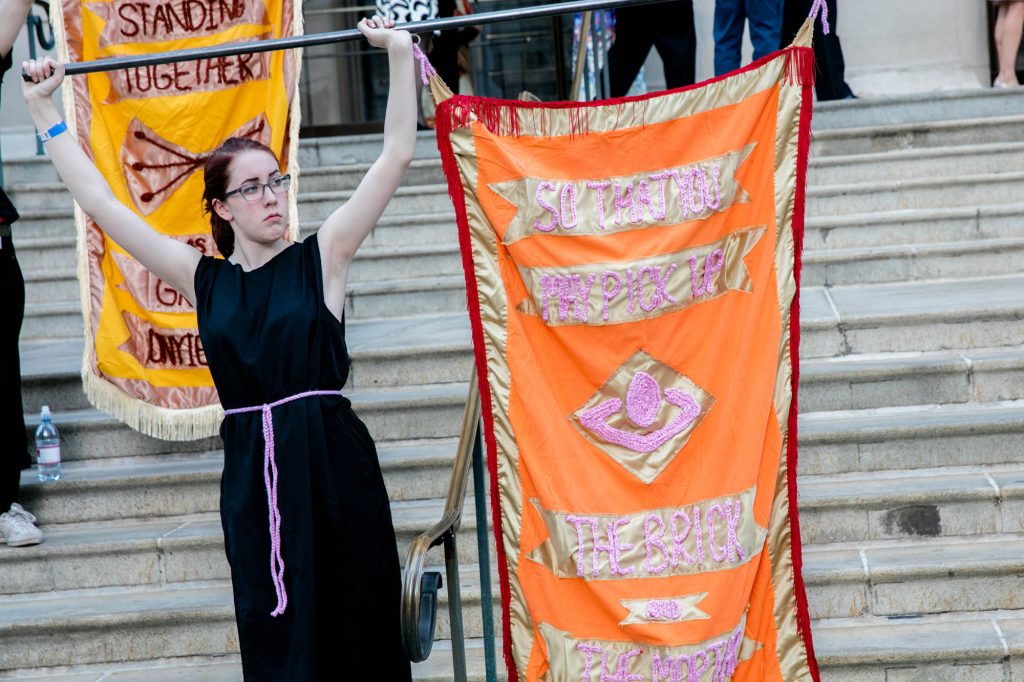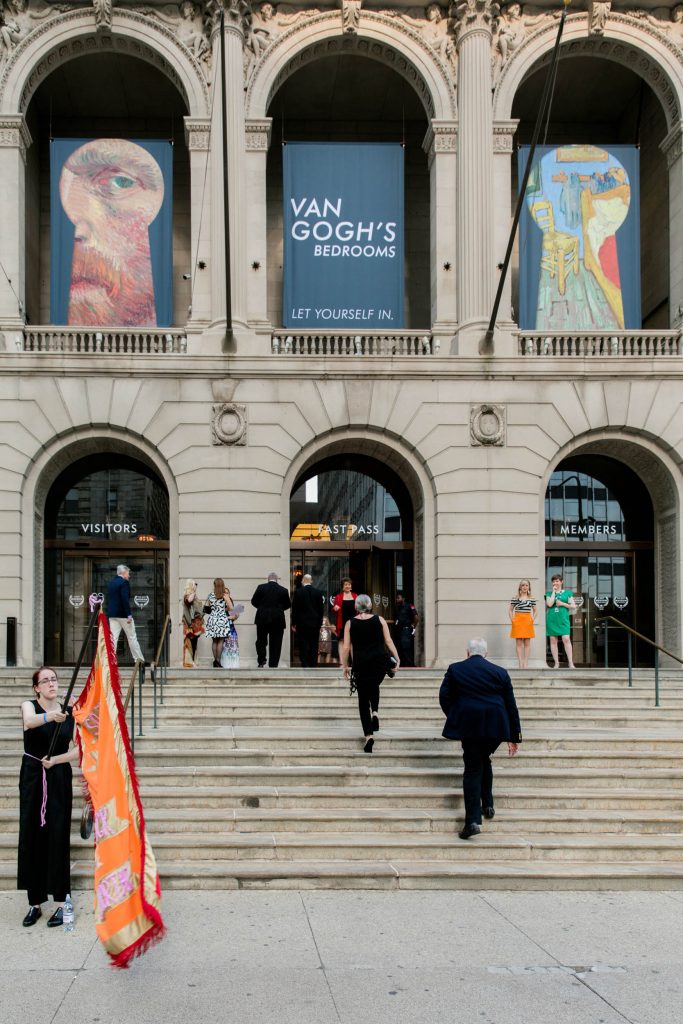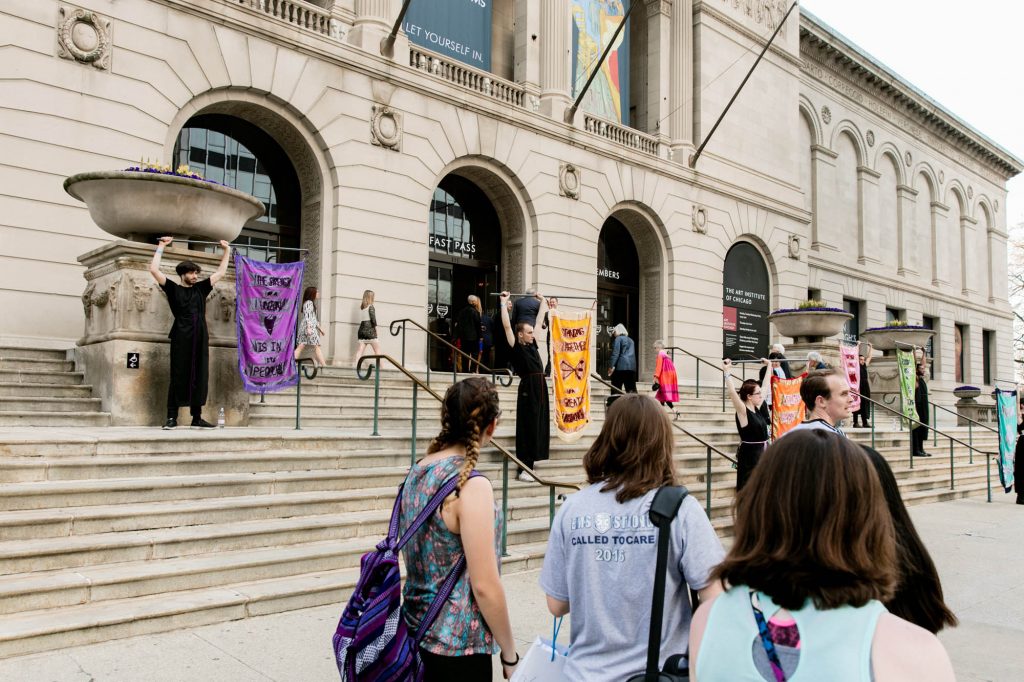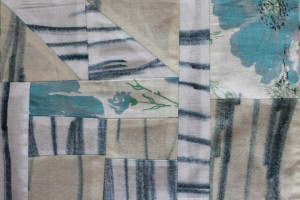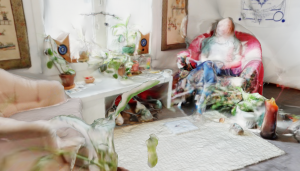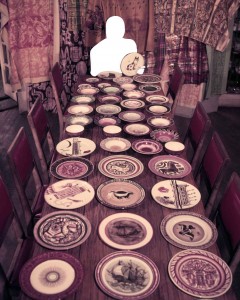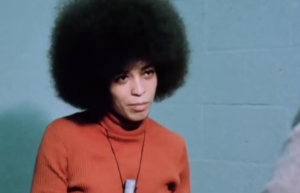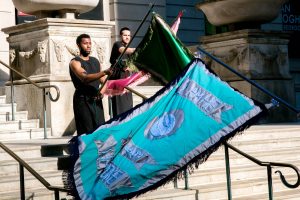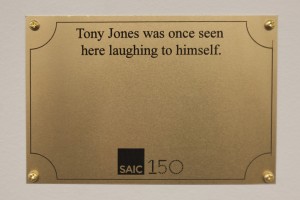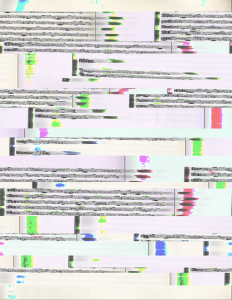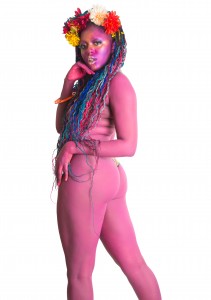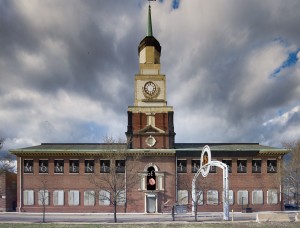Utilizing facets that form the basis for social bonds such as intimacy, empathy, and trust, Luis Mejico (BFA 2017) integrates structures of social relationships directly into the parameters of his work. Mejico creates projects that carry out gestures and expectations of person-to-person engagements, therefore emulating social bonds when translated into artwork.He has performed and exhibited work at the Museum of Contemporary Art of Chicago, Mana Contemporary Chicago, Links Hall, Zhou Brothers Art Center, The Oak Park Art League, and The Uptown Arts Center, among others.
For Repeat Transmissions: Next Transmission, Mejico will carry out three parallel projects.
Ravine / Ravinia: Movement Two (maybe) is a reflection on isolation. Collecting and manifesting the unheard woes of the unsung, maybe solemnly creates a space for listening. The work will be performed by Luis Mejico, Izah Ransohoff, Jessie Darnell, Kailyn Slater, and Camille Warden
Original performance date: Tuesday April 26th 2016, Beginning at 9am on several campus locations, gathering at the Maclean Ballroom at 3.30pm, 112.S Michigan Ave.
Ravine / Ravinia: Movement Three draws from research of the Great Depression. Heavily inspired by union banners, stratocratic regimes, the rise and fall of Nationalistic political factions, and the credit crisis that lead to the Great Depression, Movement Three exposes the consequences of failed promises and the deception of trust. Comprised of six handmade flags bearing text from a speech that Mejico will deliver, the piece will be performed as part of the School of the Art Institute’s 150th Anniversary Gala. It is performed by Luis Mejico, Clee McCracken, Cy Earl, Kailyn Slater, and Isara Koy Suntichotinun, and Balance Positive Love.
Original performance date: Friday May 6, 2016 on the steps of the Art Institute of Chicago
Rules of Conduct is a collaboration between SAIC Alumni Katya Grokhovsky and Luis Mejico. For the work, the pair sent one another a series of rules once a week that the other would have to perform, record, and upload. An accompanying book of writing by Grokhovsky and Luis will also be released later this semester.
Original air date: Tuesday, May 10, 2016 at 4:15pm at the Joan Flasch Artists’ Book Collection, 5th fl. SHARP, 37 S.Wabash Ave.
What is trust? I suppose that I primarily understand trust as a relationship between two people. It is something that has the potential to be both the simplest and most complex relationship between two people. We trust that the person on the train next to us will respect our personal space. We trust our lover will be faithful. We trust in a god (or a lack thereof – this is faith). We try to trust in ourselves. Trust is at the heart of arguably all complex relationships between people in that it is the foundation from which relationships grow and become entangled in further agreements and expectations.
My work is entirely rooted in the act of formalizing social relationships. How can the parameters of a friendship turn into the structure of a performance? How do I communicate companionship as a verb, as an action that is performed by a body? By two bodies? By several bodies? When I’m just trying to make some friends, how do I embody the sincerity of friendships? Familial relationships? Love, rivalry, hatred, compassion, contempt?
There are no certainties in life, but what and who we choose to trust is a pretty close place to start. Trust is the permission to let go of ourselves as individual agents, and to bring others into our fold. It is the decision to be vulnerable. Trust is an action of love, as it opens up a tenderness in the human heart.
We place trust on individuals, certainly. But we also place trust in larger, expanded bodies. One such body is the trust we place in pedagogical, political, and capitalist bodies. Though often unintentionally, we assimilate ourselves into existing structures in order to feel comfortable, safe, or because it is what one is expected to do. You are born, you go to school, you get a job, you get married, you reproduce, and you die. Our lives are led from one point to the other, based largely on trust and expectation.
It is trust that I am interested in. Trust is what I have chosen to tackle with my projects in the Repeat Transmissions class.
Beginning with my research into the 1930’s, I found myself exploring the history of the Great Depression – largely understood as the greatest economic slump of the Western World, it is commonly theorized that the Great Depression was caused by credit, and the failure to repay loans. Folks would take out loans from their banks until the banks had nothing left to give. When the banks suffered, they called to more banks, and more banks, and more banks, leading to a huge deflation of the value of the American dollar. Poverty was like an epidemic, as people lost their jobs, their homes, and their way of living. Again, trust. Credit is a form of trust, in that it is an agreement between the bank and the individual agent that their loan will be repaid.
Florence Thompson, of Dorothea Lange’s Migrant Mother, is one such example of someone affected by this broken trust. I began making work based around her and Gertrude Abercrombie, a painter that studied at SAIC. Over time, the work evolved into a single flag, bearing a title of an Ivan Albright painting displayed at the museum during the 1936s. Here, I began to look at large, expansive trusting bodies. The “He” in this case is God – the faith and trust that we place in the invisible and expanded body is immense, yet we receive nothing (directly) in return.
I teased out and expanded this idea further; I chose two other figures of the Great Depression, or that were somehow involved in the Great Depression. My choices were a fictional character, Charles Foster Kane, a real person, James Hutchinson (major of Mineral Point), and the semi-real Florence Thompson. It was not until I had selected these two other figures (all of whom placed trust in structures larger than themselves that failed them) that I began to realize the complications of Florence. Florence, like structures of power, is only an icon. She is a figurehead for a much larger, much more complex notion. Florence is not only the face of the Great Depression, but she is so illegitimately, as her likeness was distributed without her permission. Her status is that of the figurehead – an icon, a vision of an idea or ideal.
My focus shifted to exploring the trust that individuals place on superstructures like religious, political, and economical powers. Out of this was born Ravine / Ravinia: Movement One. A performance in which I take on the role of a failed leader of a stratocratic regime, I urge my audience and and peoples to put faith in the power of our Union to restore the glory of our nation. The work is less a performance and more of a call to action, in which the viewers are encouraged to restore their trust in the failed governmental structure. I become an icon, a larger than life vision that demands their compliance and stops at nothing to regain their trust. I become the living structure that must restore a broken trust.
The work’s second iteration, Ravine / Ravinia: Movement Two (maybe), is a complete rethinking of the trust we place in structural bodies. Rather than a call to restore the trust that exists within an individual agent and an expansive body, maybe laments the injustices, failures, and shortcomings of these very systems. The performers weep, listen, write, and remember the ways in which their trust has been broken or compromised. The cruelty of the work is in the honesty that it presents; embodying the actual anxieties of those oppressed by uncompromising structures, the performers seek to break free of the shackles of the union they are forced to make.
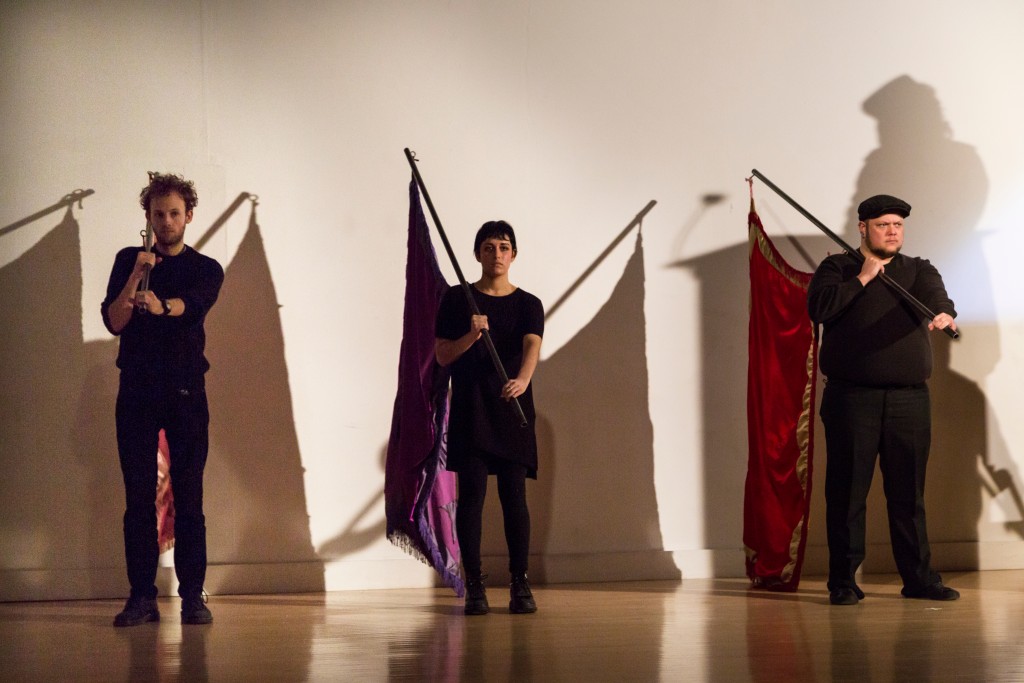 Ravine / Ravinia: Movement One performed at Links Hall on February 28th. Photographer: Heather Halbert (BFA 2016).
Ravine / Ravinia: Movement One performed at Links Hall on February 28th. Photographer: Heather Halbert (BFA 2016). Ravine / Ravinia: Movement One performed at Links Hall on February 28th. Photographer: Heather Halbert (BFA 2016).
Ravine / Ravinia: Movement One performed at Links Hall on February 28th. Photographer: Heather Halbert (BFA 2016). Ravine / Ravinia: Movement One performed at Links Hall on February 28th. Photographer: Heather Halbert (BFA 2016).
Ravine / Ravinia: Movement One performed at Links Hall on February 28th. Photographer: Heather Halbert (BFA 2016). Ravine / Ravinia: Movement One performed at Links Hall on February 28th. Photographer: Heather Halbert (BFA 2016).
Ravine / Ravinia: Movement One performed at Links Hall on February 28th. Photographer: Heather Halbert (BFA 2016). Ravine / Ravinia: Movement One performed at Links Hall on February 28th. Photographer: Heather Halbert (BFA 2016).
Ravine / Ravinia: Movement One performed at Links Hall on February 28th. Photographer: Heather Halbert (BFA 2016). Ravine / Ravinia: Movement One performed at Links Hall on February 28th. Photographer: Heather Halbert (BFA 2016).
Ravine / Ravinia: Movement One performed at Links Hall on February 28th. Photographer: Heather Halbert (BFA 2016).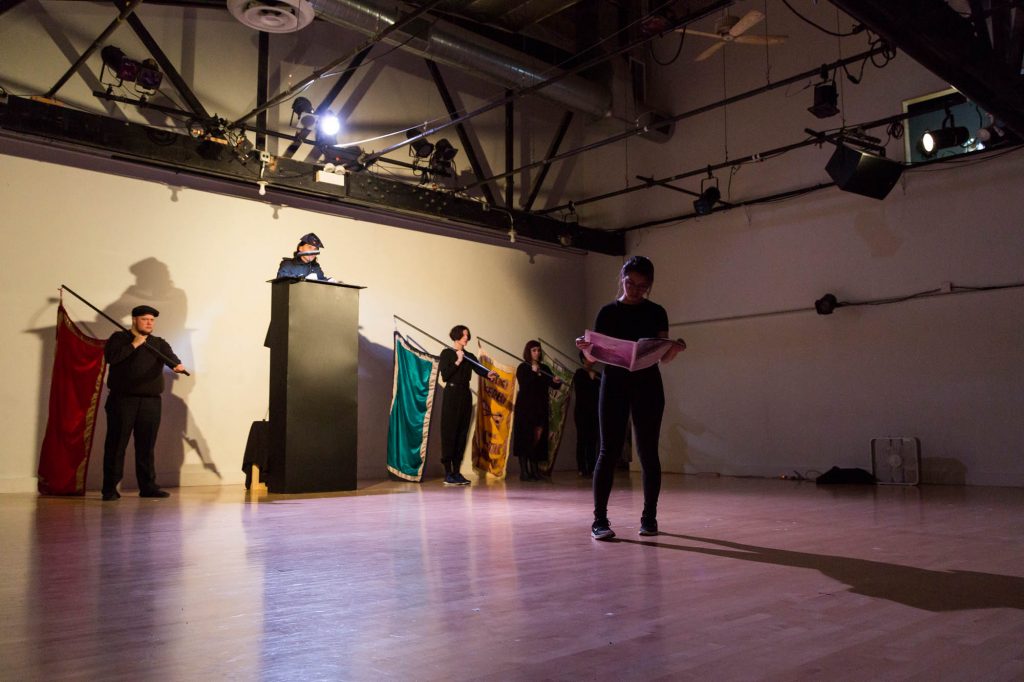 Ravine / Ravinia: Movement One performed at Links Hall on February 28th. Photographer: Heather Halbert (BFA 2016).
Ravine / Ravinia: Movement One performed at Links Hall on February 28th. Photographer: Heather Halbert (BFA 2016).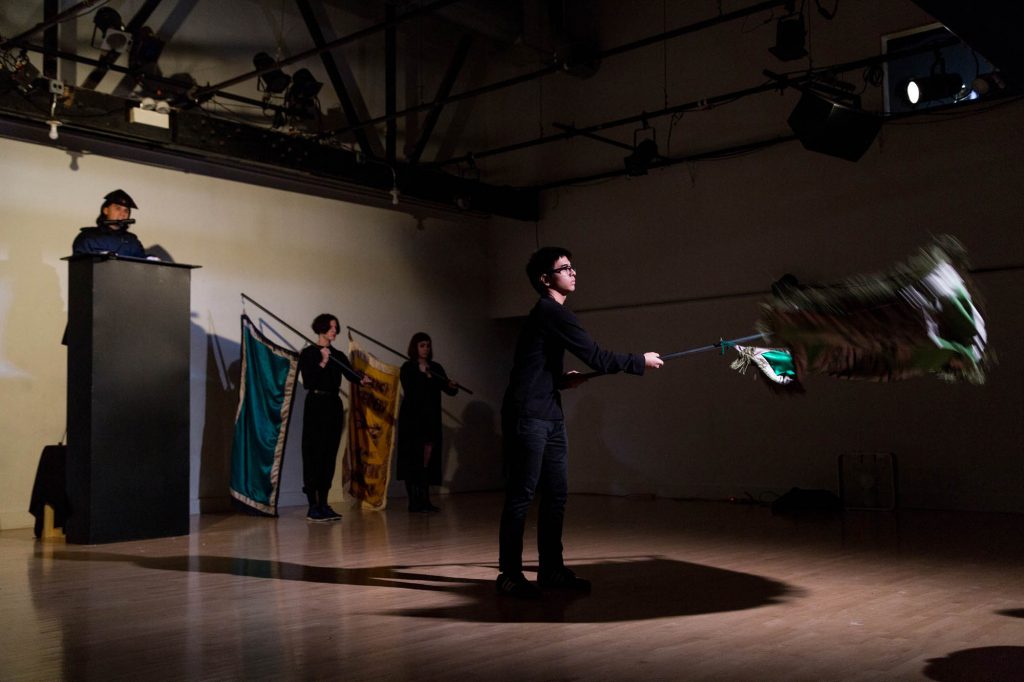 Ravine / Ravinia: Movement One performed at Links Hall on February 28th. Photographer: Heather Halbert (BFA 2016).
Ravine / Ravinia: Movement One performed at Links Hall on February 28th. Photographer: Heather Halbert (BFA 2016).